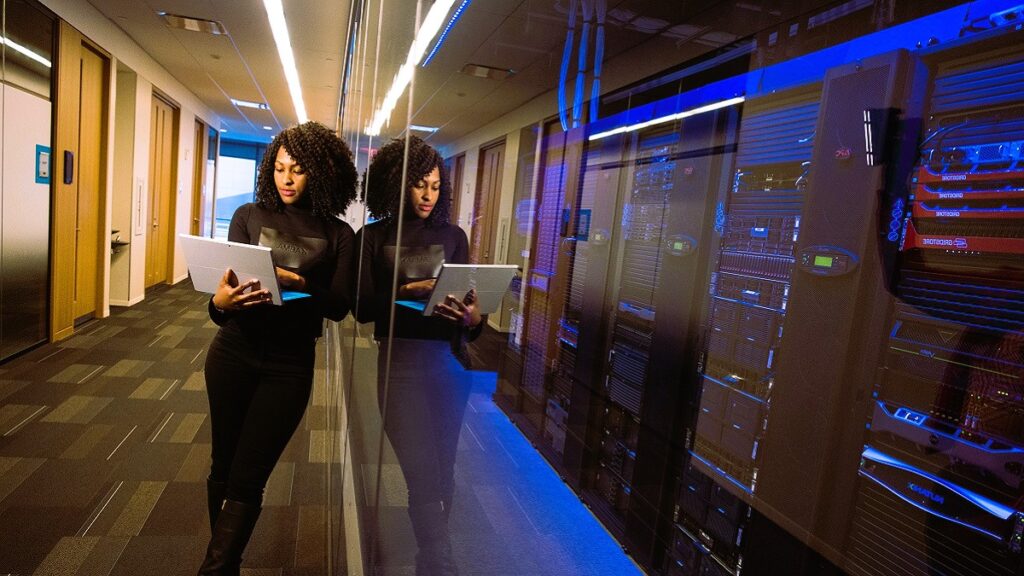How Virtual Data Rooms Enhance Mergers and Acquisitions
In the complex world of mergers and acquisitions (M&A), efficiency, security, and accuracy are paramount. The process involves numerous parties, extensive documentation, and critical decision-making that can significantly impact the outcome of the transaction. Virtual Data Rooms (VDRs) have emerged as a transformative technology in this domain, providing a secure, organized, and streamlined approach to managing the vast amounts of information exchanged during M&A activities. This article explores how VDRs enhance mergers and acquisitions, highlighting their key benefits and functionalities.
Understanding Virtual Data Rooms
A Virtual Data Room (VDR) is a secure online repository used for storing and sharing sensitive documents during transactions such as mergers and acquisitions. Unlike traditional physical data rooms, VDRs offer a digital solution that facilitates access to important documents from any location with an internet connection. This digital approach addresses several challenges associated with M&A processes, including document security, accessibility, and real-time collaboration.
1. Improved Security and Compliance

One of the most significant advantages of VDRs in M&A transactions is enhanced security. M&A deals involve sensitive financial data, legal documents, and strategic information that must be protected from unauthorized access. VDRs provide advanced security features, such as encryption, multi-factor authentication, and detailed access controls, ensuring that only authorized individuals can view or download documents.
Furthermore, VDRs offer robust audit trails, tracking every action taken within the data room. This feature not only enhances transparency but also aids in compliance with regulatory requirements. By maintaining detailed records of document access and modifications, VDRs help organizations meet regulatory standards and demonstrate compliance during audits.
2. Streamlined Document Management
M&A transactions generate a large volume of documents, including financial statements, legal agreements, and due diligence reports. Managing these documents efficiently is crucial to the success of the transaction. VDRs simplify document management by providing a centralized platform where all relevant documents can be stored, organized, and accessed. Comparison of virtual data rooms and traditional data storage solutions, read more at this link.
Features such as folder structures, document tagging, and advanced search capabilities make it easy for users to locate specific documents quickly. VDRs also support various file formats, ensuring compatibility with different types of documents. This streamlined approach reduces the time and effort required to manage documents, allowing teams to focus on more strategic aspects of the M&A process.
3. Facilitated Collaboration
Effective collaboration is essential for a successful M&A transaction. VDRs enhance collaboration by providing tools that enable multiple parties to work together seamlessly. Features such as real-time document sharing, commenting, and version control facilitate communication and ensure that everyone involved has access to the most up-to-date information.
VDRs also support simultaneous access by multiple users, allowing different teams to review and work on documents concurrently. This capability accelerates the due diligence process and reduces the time required to complete the transaction. Additionally, VDRs often include messaging and discussion forums, enabling stakeholders to discuss specific documents or issues directly within the platform.
4. Enhanced Due Diligence
Due diligence is a critical phase in M&A transactions, involving a thorough review of the target company’s financial, legal, and operational status. VDRs play a crucial role in this process by providing a secure and organized environment for conducting due diligence.
With a VDR, buyers and their advisors can access and review documents efficiently, reducing the time and effort required to complete the due diligence process. The ability to perform in-depth analyses and collaborate on findings within the VDR helps ensure that all relevant information is considered before making decisions.
5. Cost Efficiency
Traditional physical data rooms involve significant costs, including rental fees, printing expenses, and logistical arrangements. VDRs eliminate these costs by providing a digital alternative that is both cost-effective and scalable. Businesses can avoid expenses related to physical data room setup and maintenance, and VDRs offer flexible pricing models based on usage and storage requirements.
Additionally, the time saved through efficient document management and collaboration translates into cost savings. By streamlining processes and reducing the need for extensive physical meetings and document handling, VDRs help organizations manage their M&A activities more economically.
6. Scalability and Flexibility
M&A transactions vary in size and complexity, and the tools used to manage them must be adaptable to different needs. VDRs offer scalability and flexibility, accommodating transactions of various sizes and types. Whether managing a small acquisition or a large-scale merger, VDRs can be customized to meet specific requirements.

VDR providers often offer a range of features and configurations that can be tailored to the needs of the transaction. This adaptability ensures that organizations have the tools they need to manage their M&A activities effectively, regardless of the scale or complexity of the deal.
7. Global Accessibility
In today’s global business environment, M&A transactions often involve parties from different countries and regions. VDRs provide a solution for global accessibility, allowing users from around the world to access documents and collaborate on the transaction from any location with an internet connection.
This global accessibility is particularly valuable for cross-border transactions, where time zones and geographical distances can pose challenges. VDRs enable seamless communication and document sharing, facilitating the participation of international stakeholders and ensuring that all parties are aligned throughout the transaction.
Conclusion
Virtual Data Rooms have become an essential tool for enhancing the efficiency, security, and effectiveness of mergers and acquisitions. By providing a secure, organized, and collaborative environment for managing sensitive documents, VDRs address key challenges in the M&A process and offer significant benefits to businesses.
As the M&A landscape continues to evolve, the role of VDRs will likely expand, incorporating advanced technologies and features to meet the growing demands of the industry. For more information on Virtual Data Rooms and their applications, visit the Wikipedia page on Virtual Data Rooms.
Embracing VDR technology not only streamlines M&A processes but also ensures that transactions are conducted with the highest levels of security and efficiency. As businesses seek to navigate complex deals and competitive markets, Virtual Data Rooms will remain a critical component of successful M&A strategies.